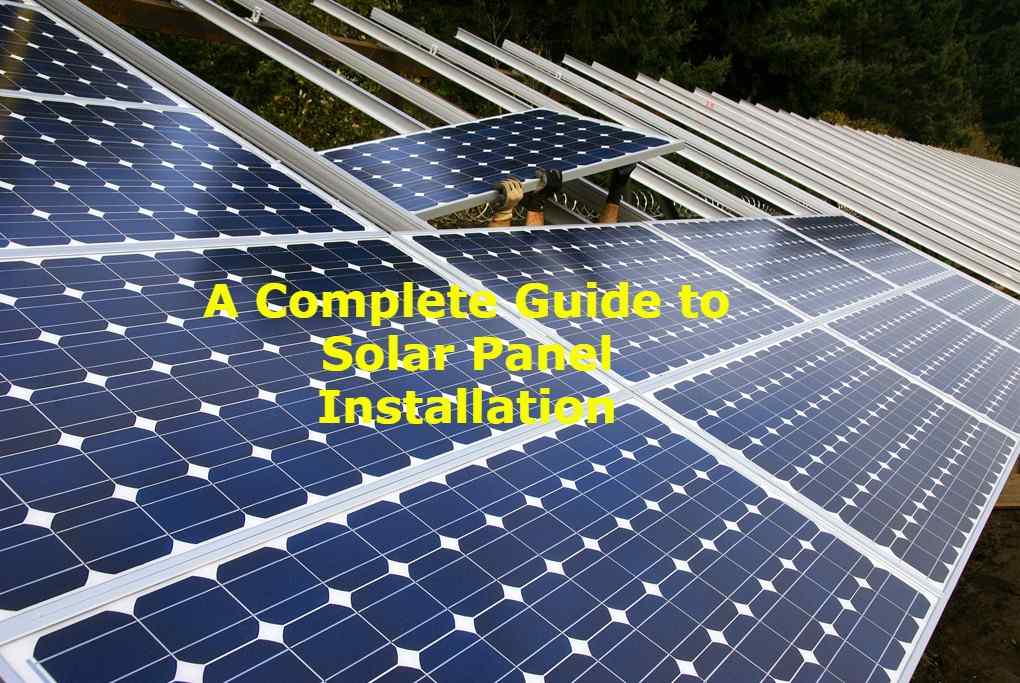In the last 10 years, solar plants have become 89% cheaper which is a big change considering that fossil fuels used to be a much cheaper renewable energy option.
In less than five years, solar plant capacity is expected to exceed coal and gas. As solar energy is becoming more affordable and the obvious choice for environmental reasons, homeowners are looking into solar panels.
If this relates to you, read on to learn about the solar panel installation process.
Design and Engineering
The first step of solar panel installation is design and engineering. A solar installer will send an engineer to your home to evaluate it.
This evaluation will occur after you select the solar installer and sign an agreement with them. The engineer’s primary goal is to decide where solar modules can be installed.
They will also look into roofing conditions and the home’s existing electrical panel.
Permitting
Getting solar panels installed requires the right permits and documents. When you opt for Blue Raven Solar installation, they will handle all things related to permits and paperwork.
Once the team has evaluated the property, a design team will work on the permit drawings and obtain the permit. Permits are location-specific and work to regulate the orientation, size, and shape of new solar systems.
In some cases, permit approval can take 4-8 weeks. The timeframe is out of the solar installer’s hands so it is important to know this to plan ahead of time.
Installation
Once you have the right permits and documents, you’ll be ready to begin the installation for a solar panel home. When the parts arrive, an installer will get to work and prepare your roof for installation.
All electrical wiring will be placed to connect your panels to the grid. A team will build racking to support your solar panels and attach those to your roof. Once attached, they will get tested for security and safety.
Panels are then placed on the racking and the inverters will be connected to the panels.
Installation processes can take anywhere from 1-3 days depending on the system size. If you add a battery backup, the project might take an additional 2-3 days.
Inspections
Before an installer can turn on your solar energy system for the first time, it needs to pass a series of inspections. A building inspector will provide final approval.
The inspection process is generally straightforward and quick. The inspector double-checks the installer’s work and compares your system to a compliance requirement list.
The final step of inspection happens when your utility receives a local building department certification and issues a Permission to Operate (PTO) letter.
The local inspection and issuing of the PTO letter take around 2-4 weeks. When your system is granted PTO by the utility, your solar company will tell you that you can start energizing your PV system.
Solar Panel Installation Done Right
Solar panel installation takes longer than people realize. If you are a homeowner looking into getting solar panels, these are the necessary steps to take.
If you plan on doing a DIY solar panel installation, the process could take longer because you have to get permits, documents, and materials on your own. The best way to install a solar system is through professionals.
For more articles about green living and the home, check out the other posts on our blog.




